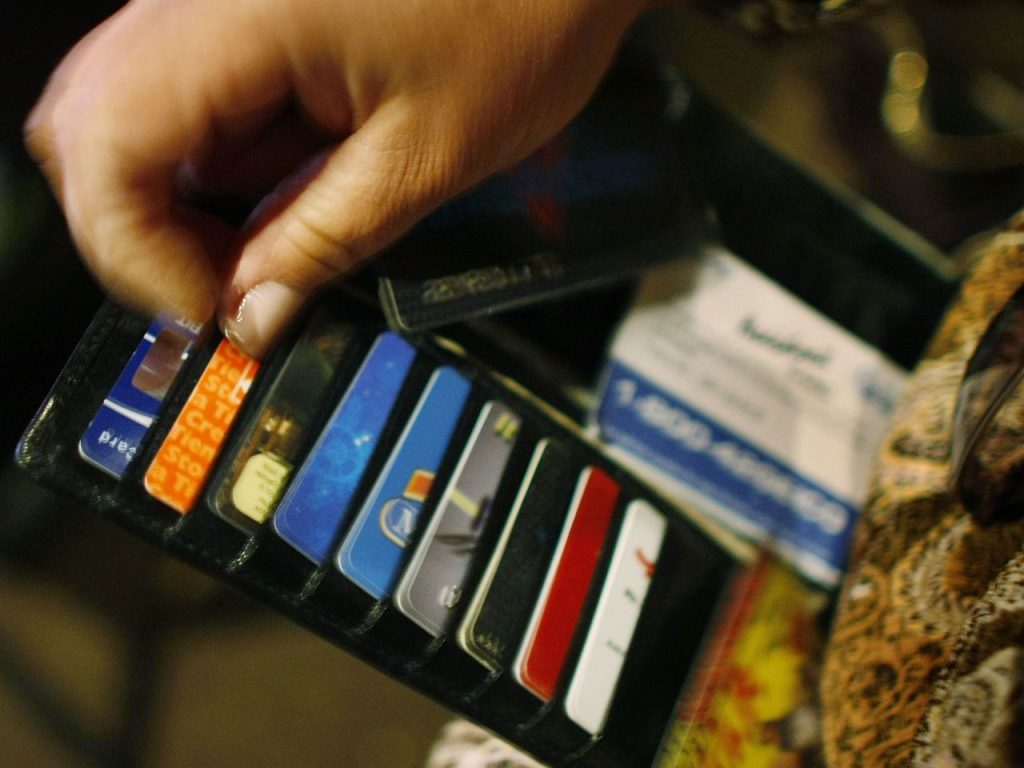
U.S. consumer borrowing saw an uptick in January, though at the slowest pace in a year, with households paying down credit card balances after the holiday shopping season, Bloomberg wrote Monday (March 7).
Total credit increased by $6.8 billion from December, after a $22.4 billion revised gain then, according to Federal Reserve figures released Monday. On an annualized basis, borrowing was up 1.9%.
The median estimate in a Bloomberg economists’ survey was likely to be a $24.3 billion gain. Outstanding revolving credit, including credit cards, fell by $218.7 million — the first decline since April.
According to Bloomberg, two months earlier, revolving credit had been up $21 billion. In addition, non-revolving credit like auto and school loans rose $7.1 billion.
PYMNTS wrote recently that virtual card transactions’ global value was expected to jump to $6.8 trillion within the next four years, compared with $1.9 trillion in 2021. The report noted that a lot of that growth will come from B2B transactions.
There are several things about virtual cards that lend themselves to businesses’ needs, such as buying products for resale or corporate travels. For instance,companies making use of many gig workers can benefit by extending earned wage benefits.
In addition, virtual cards can make it simpler to track businesses’ expenses or impose spending limits. At the same time, there’s more payment choice in various industries.
Research has found that, of the around 158 million U.S. customers who got 11 billion disbursements overall in the last year, three quarters said they had a choice of at least two payment options.
This has been an increase from 2020, when 57% of consumers said they’d gotten at least two payment options for disbursements. The payment choice in income and earning disbursements were up to 75% as of last year, a boost from 59% in 2020.
Meanwhile, the number of people who reported at least two options for insurance or borrowing disbursements was up to 74% in 2021.





























